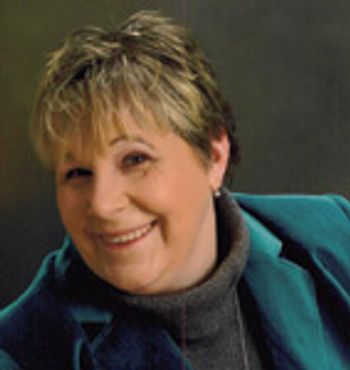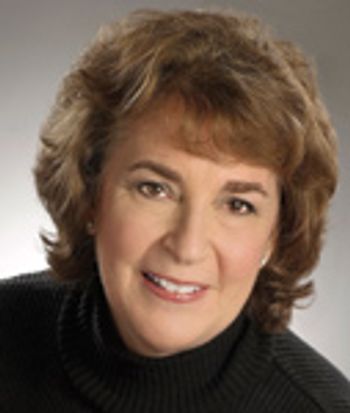
The contract provider needs to know as much as the NDA holder.

The contract provider needs to know as much as the NDA holder.

The UK's Medicines and Healthcare products Regulatory Agency has launched a new anticounterfeiting strategy with the aim of curbing the occurrence of falsified medicines in the county's supply chain.

No matter the time or cost, knowing what's going on inside your facilities is always going to be worth the effort.

The EMA released a concept paper for consultation on Nov. 8, 2011, that recommends a revision to Annex 16 of the Guide to Good Manufacturing of Medicinal Products to address more complicated global supply chains and new falsified medicines legislation. Since Annex 16 was introduced in 2001, a number of positive and negative trends have occurred in the pharmaceutical industry. In particular, confusion has arisen over the role of the qualified person (QP), and harmonization of requirements has been lost between member states. The EMA cites several commonly asked questions within the concept paper:

Incorporating regulatory requirements into the product life cycle is crucial.

Addressing supply-chain challenges.

Nigeria Looks to Simple Packaging Controls and International Cooperation to Curb Counterfeit Drugs

Vetter held a groundbreaking ceremony for its new facility in Ravensburg.

International outsourcing and rising theft spur regulatory action and manufacturer oversight.

The ability to deal with the complexity of the clinical supply process has shifted the balance of power to clinical supply chain specialists.

Sharing information is a critical part of security-whether we're protecting travelers from bombs or patients from adulterated medicines.

An enterprise-wide quality management initiative is required to maintain supplier quality without sacrificing bottom-line objectives.

Small changes can have a big effect further downstream in your manufacturing processes.

Members of the pharmaceutical and biotech industries have formed a new industry coalition, called "Rx-360," with the goal of improving supply chain safety.

With counterfeit and adulterated medicines posing an increasing risk to patients in the United States and worldwide, the US Pharmacopeial (USP, Rockville, MD) Convention announced on February 4, new standards for two widely used drug products that have been involved in episodes of adulteration resulting in patient deaths.

The US Food and Drug Administration has launched a voluntary pilot program that will help promote the safety of drugs and active drug ingredients produced outside the United States.

Recent problems with food and pharmaceutical ingredients sourced from China highlight a major disadvantage of our complex international supply chains for food and drug ingredients. A global supply chain offers more opportunities for accidental contamination as well as intentional adulteration and counterfeiting. Sticking to minimal requirements may not be enough.

Now is a good time for companies to know their suppliers well.

The supply chain can be used as a tool for managing not only product supply risks, but overall business risks as well.

RFID is currently the most advanced tracking technology, but manufacturers need to pursue a multilayered approach . . .

Mass serialization, or the ability to store a unique serial number for each item, is the most useful feature of RFID tags.

Wyeth BioPharma has identified cycle-time reduction as critical to customer responsiveness and the success of commercial and pipeline products. In formulating a plan of attack, the company focused on two aspects of cycle time: the global planning process and disposition cycle times.

This article focuses on the front end of qualifying a new raw material from a given supplier. Once qualified, this status must be maintained by periodic review and requalification.